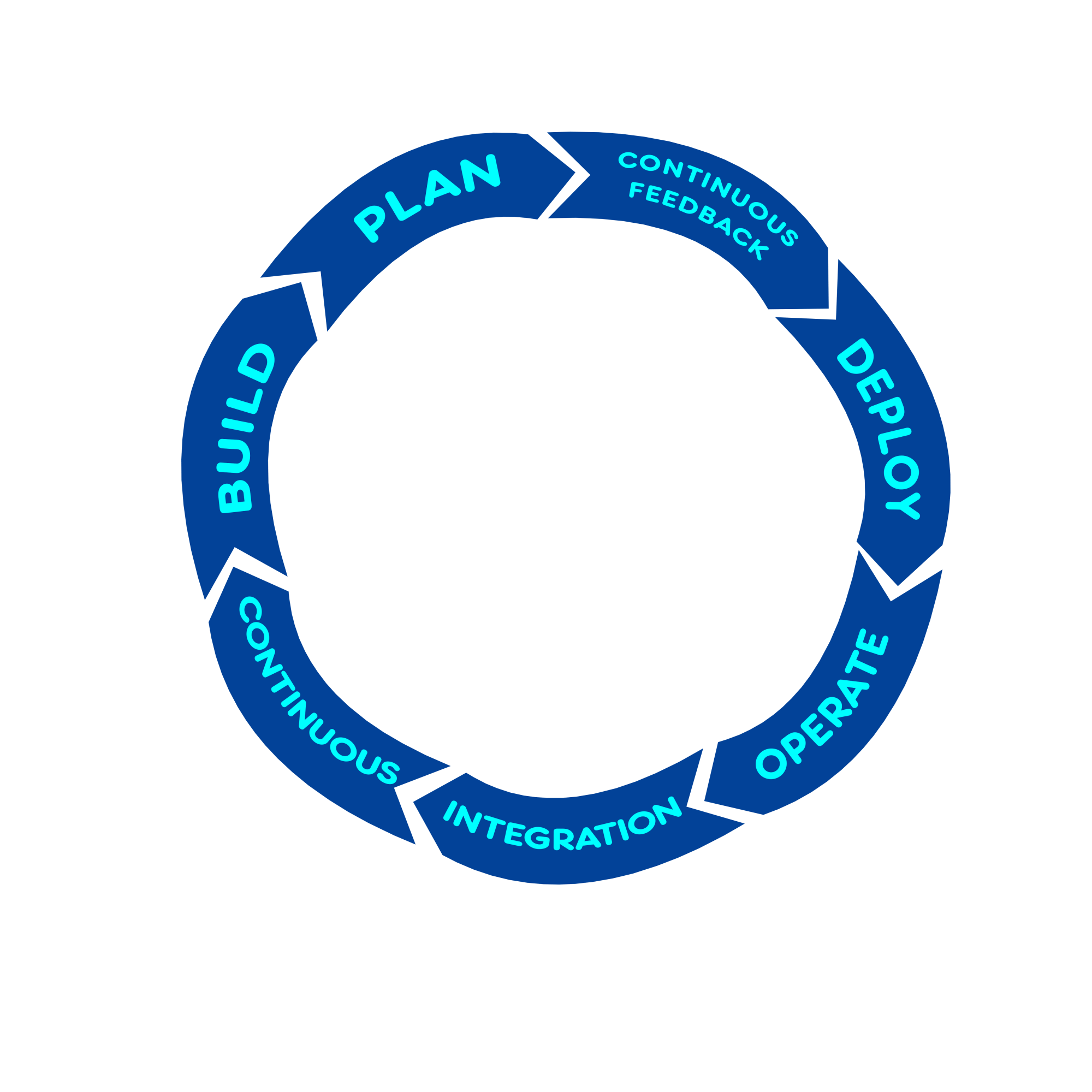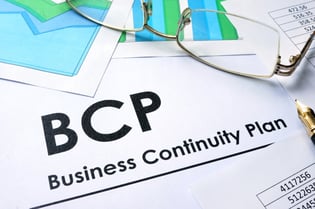
Business can be risky, and sometimes disaster strikes from nowhere. Unexpected emergencies, natural disasters, or cyberattacks can hinder or even devastate your business. When this happens, how does your business bounce back from it?
The best plan is to have a plan. Having business continuity management set in place is a crucial element to the success or recovery of a business after a disaster.
But what exactly is business continuity management? How can it help a business prepare or recover from a disaster? And how does a business implement one? These questions are covered in this article. Let’s get started.
Business Continuity Management: What is it?
Business Continuity Management, or BCM, is the advanced planning and preparation for theoretical disasters, events, or damages.
Its purpose is to help secure that the company can continue operations during and after a disaster, with minimal disruption.
BCM requires policies, procedures, and sound response systems in place to mitigate any damage done if disaster strikes.
BCMs are often, and should be, thorough and cover all bases- even if you think the likelihood of something happening is slim.
For example, you may work in an area that isn’t affected by natural disasters, such as an earthquake.
The likelihood of said disaster may be minuscule, and yet having some form of strategy in place if it does will provide company assurance and safety.
After all, we don’t know what is around the corner. This is precisely the premise of business continuity management.
What Types of Disaster Should the Plan Cover?
As stated above, the plan should cover all manner of disasters, even if the chances are slim.
Events such as fires, floods, terrorism, data breaches, and cyberattacks are amongst some of the potential threats that could attack your business.
If these things strike your business, a BCM should be able to provide the solution and organization needed to see the company through the worst of it; ensuring the business can continue to function.
Each potential threat and risk needs to be assessed and detailed. Your business needs to judge the probability of each risk: how likely then is it to happen? If it does, what’s the impact of this risk? Ask these questions for each possible threat.
Assessing the probability and potential impact of each threat is a crucial stage when it comes to successful business continuity management. Once these have been evaluated, ranking and determining the risk tolerance is the next step.
The ranked threats need to be evaluated to know which need to be dealt with first. This isn’t a process that can be done once and then forgotten about. Regular discussions and updates about risk factors need to be had within the company.
Developing a Plan
So what needs to be considered when developing business continuity management?
Assign roles
Assign a person or a team who is responsible for the creation of the BCM and any subsequent modifications needed. This team should then be tasked to implement the plan in your business and be given allocated roles and responsibilities.
Be sure to make it part of your company’s policy. Let the plan be transparent and accessible to all. This means that everyone can be prepared for disaster if it strikes, and pull together to minimize the impact.
Test it Out
As previously mentioned, identifying and ranking potential risks is a crucial step of BCM.
Once this has been done, the BCM team needs to test the assigned protocol for each risk to ensure they work. This stage will need to be intermittently reviewed.
The BCM should include elements such as emergency management, business recovery, disaster recovery, crisis management, contingency planning, and incident management.
Know Priorities
When developing a plan, knowing what is important will help. For example, if an evacuation is needed, the first priority should be making sure employees and customers are safe. Be sure to develop exit strategies and have the right equipment available.
Assign staff to be responsible for aspects of this- such as who’s in charge of the equipment, first-aid, evacuation, as well as designating a specific location. The crux is in the details of BCM.
Backup
In an age of electronics being at the forefront of both our private and business spheres, it’s more important than ever to have backup systems in place. Be able to protect and recover crucial information after a disaster may be what makes or breaks your business.
Keep a backup of your computer records off-site so that if anything happens on-site, you still have this vital information elsewhere.
It’s crucial to know your essential contacts to minimize the impact- insurance, customers, clients, distributors, etc.
Consider investing in a generator. This will be a worthwhile investment in the event of a storm or power failure.
Communication
Communicate with the staff- be sure their assigned roles are clear. Communication with your customers or clients is crucial too.
For example, if there’s been a data breach, make sure that you regularly update clients and try to reassure them.
Silence in times of crisis will only escalate problems. If you want to keep customers after a disaster strikes, you need to show them that the business can handle unplanned events and that their best interest is at the forefront of your mind.
Insurance
When planning a BCM, carefully review your insurance policy. Make sure it has the potential to cover your needs in the event of disasters.
If disaster does strike, your insurance coverage may be something that can make the financial difference between pulling-through or sinking. Know and evaluate it accordingly.
Be Prepared
Establishing business continuity management will help make the difference between your business being able to handle a disaster or not. It will also help as to whether your business can recover afterward, too.
BCM is about foresight and organization. The failure to implement sufficient strategies and procedures could result in a business catastrophe, should disaster strike.
Assign roles; create policies; implement procedures; test and evaluate. In short, be prepared.
If you would like to know more about what we do, why not contact us today? We look forward to speaking with you soon!
Ludovic Levivier
Founder & CEO, LINC Project, INC. a Managed Service Provider in New York and San Francisco



.png?width=306&height=50&name=Logo_width.jpg(2).png)


